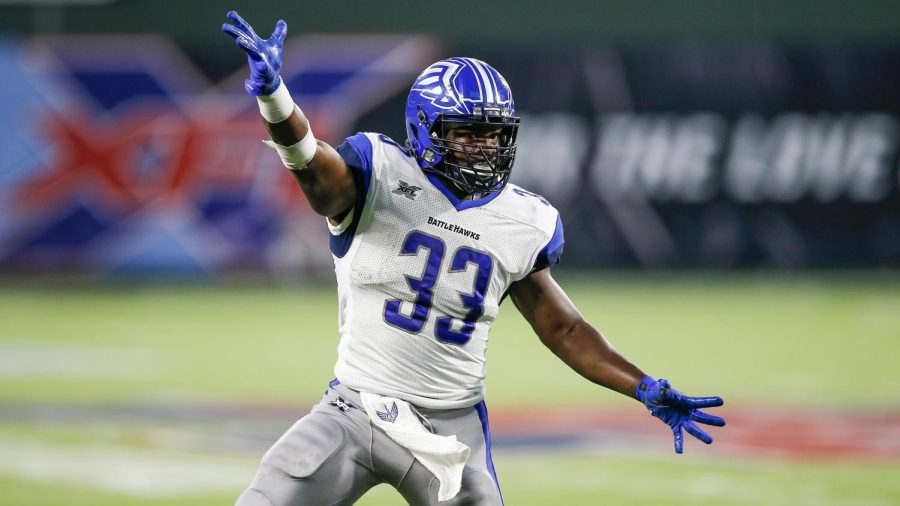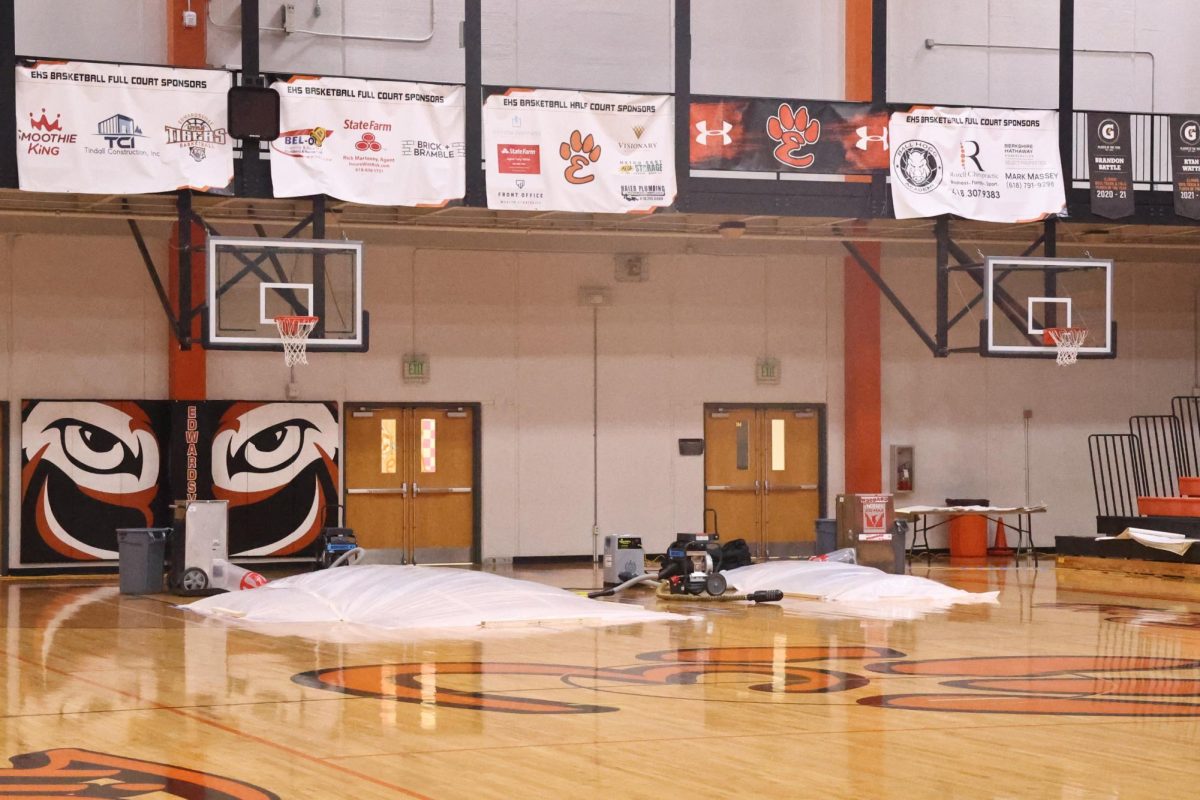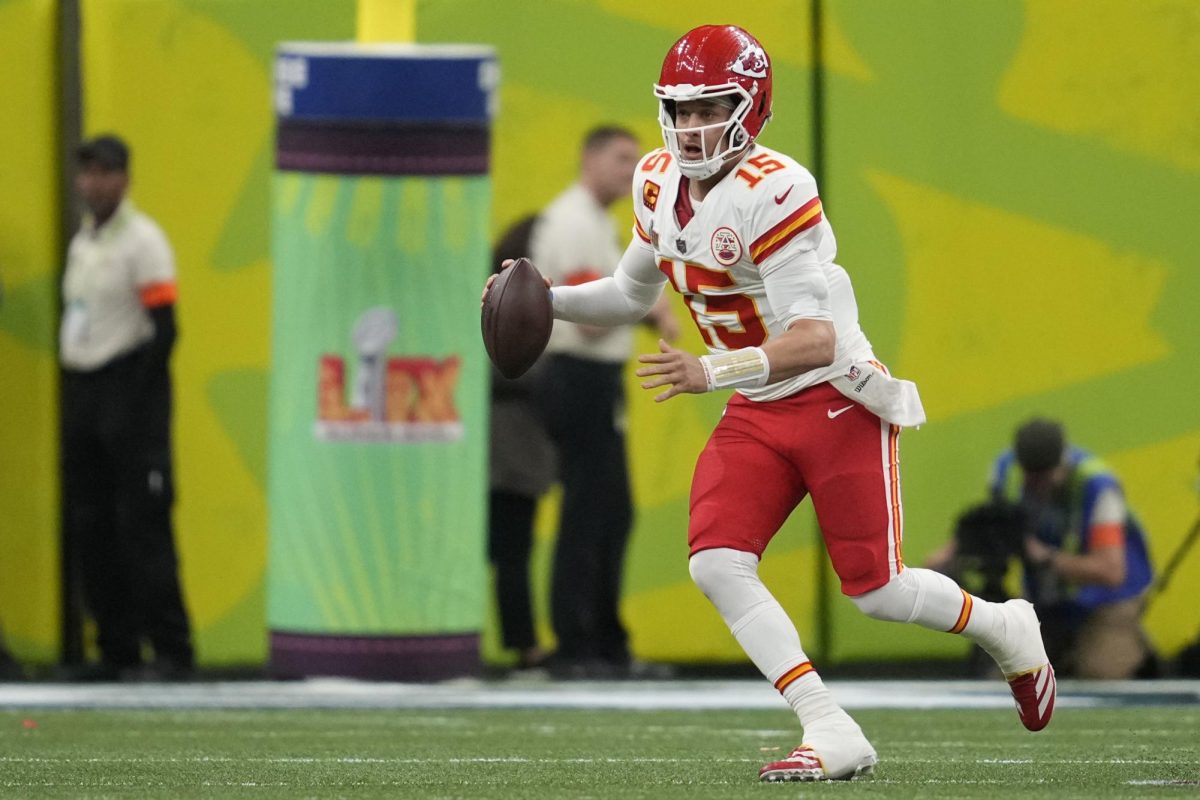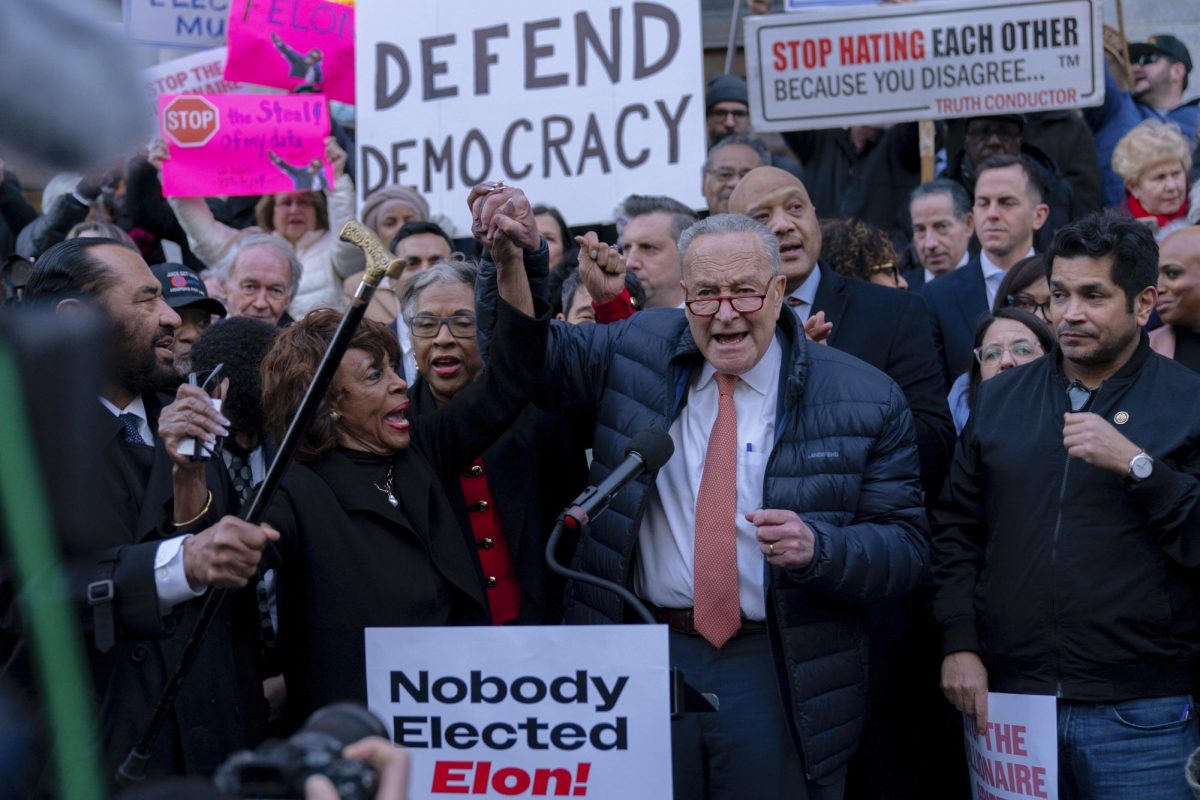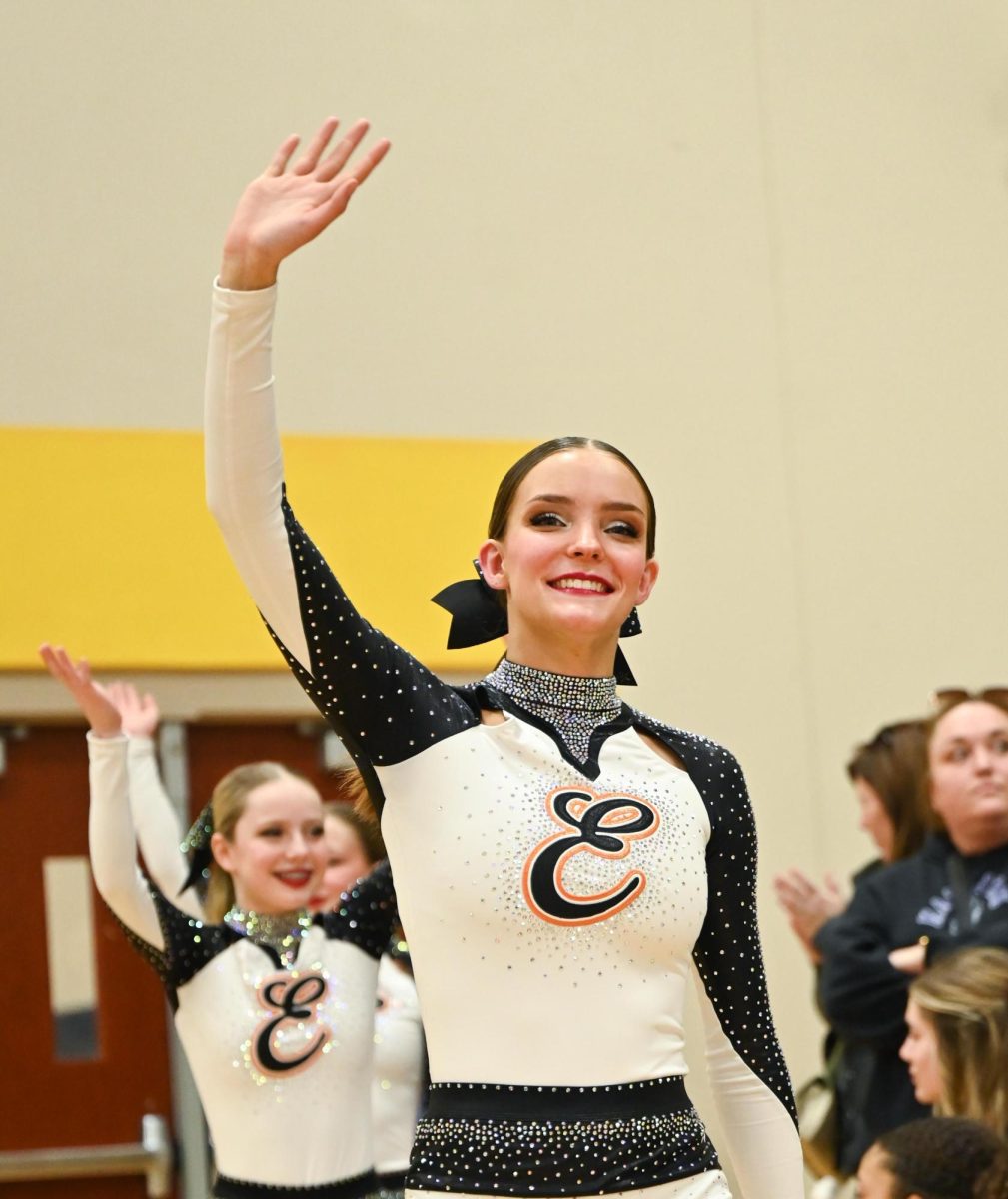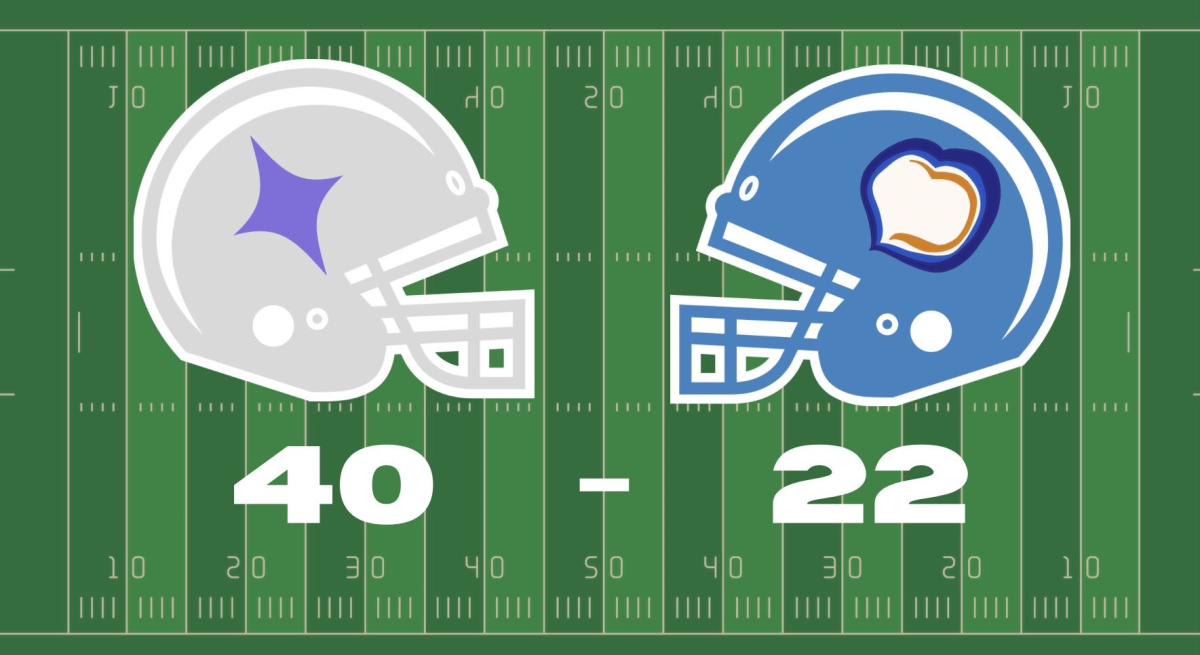The XFL’s Balancing Act
April 21, 2023
When the XFL came onto the scene — then back onto the scene, then back again — it made a point of staying out of the NFL’s shadow.
It contained itself within the larger league’s offseason to avoid losing viewers. It found homes in cities, like football-weary St. Louis, that were able to support a professional team but had none to swear allegiance to. Its social media presence and influencer-friendly approach appeals to a decidedly younger audience.
Just because it didn’t want to compete with the NFL, though, doesn’t mean the XFL isn’t trying to be competitive. The league sets itself apart primarily through tweaks to its rules, designed to make the plays faster and the audience more engaged than in traditional pro football.
The XFL feels like part sports, part performance, a familiar style of entertainment to the WWE-veteran minds behind it.
As the most recent iteration of the league — the one that’s supposed to stick around for a while this time — approaches its first ever postseason, it seems like a good time to ask if it managed to pull off the act.
The quirks of the XFL’s rulebook were born from common complaints about the NFL. The most publicity went to adaptations that sped up games, from shorter play clocks to overtime protocol reminiscent of an NHL shootout.
Beyond the appeal of cutting out some of the drawn-out moments in football, the league took note of controversies in the NFL: its earlier iterations discouraged player protests, and in its most recent form are rule changes that specifically highlight player safety.
Since buildups of the tau protein were first discovered in the brains of deceased NFL players in 2005, providing concrete evidence of the concussion-caused chronic traumatic encephalopathy, the sports community has sought a way to lessen the risk of head trauma in football. Despite statements about working with doctors and grants for medical research, the NFL has yet to clear its name when it comes to player safety.
The criticism proved especially warranted in the 2022-2023 season, which saw two players at the center of the media’s attention with life-threatening injuries: Dolphins quarterback Tua Tagovailoa, who returned to playing shortly after sustaining a concussion, and Bills safety Damar Hamlin, who went into cardiac arrest during a tackle.
In the following months, the XFL’s comeback season would show how technological advances and play adjustments can keep players from getting injured as often. But the league’s desire to operate a safer sport is often at odds with its fast-paced, high-energy branding.
Some rules, like limitations on when players can start moving after punts and kickoffs, slow down the frequency and speed of risky tackles. Rather than slowing down the game, these changes encourage teams to use non-traditional strategies to score. That, paired with the league’s unique conversion and onside kick protocols, has seen special teams take on more importance and late-quarter plays able to drastically change the course of a game.
Its standout safety measure: the same drive that gives the XFL its character, the thing that’s drawn ire from coaches and disgruntled fans. Cameras. Everywhere.
The surplus of footage isn’t only to fuel the league’s prolific social media presence. From the XFL’s “command center,” analysts like vice president of officiating Dean Blandino can respond to the concerns of referees and coaches in checking plays that have the potential to violate player safety. Zoomed in on miniscule details at ultra-slow speeds, the replays give the officials a near-omniscient ability to call out players for acting unsafe.
The granular, high-tech approach has yet to win over everyone in the inaugural season.
“I think the refs need to stay out of the frickin’ game,” Vegas head coach Rod Woodson said in a postgame press conference following a loss to the Battlehawks — where the Vipers had a touchdown revoked after officials reviewed footage of the almost-score. “But they didn’t. They don’t, especially not when we play.”
It leaves the XFL with a dilemma. Does the league fully commit to being the NFL’s high-speed, unpredictable younger sibling? Or does it follow the direction of modern science and go all-in on player safety?
As much pain as it brings me to say it, seeing how gleefully the XFL has patched the pro-football-sized hole left in St. Louis, there’s no perfect balance between safety and entertainment. Blue feather boas and kaw-kaws aside, it’s hard to have fun when you’re watching someone toss their future health and safety against 200 pounds of muscle.
The only way to completely avoid the risks associated with football is to not play it. That’s not something that can really be argued. But that’s never going to happen in America, so leagues will have to adapt until we can be reasonably certain we aren’t sending some of our nation’s most athletically gifted young men to an early death or brain damage.
Fans, players and horrified onlookers will have to accept the fact that the end result of all that adjusting might not look much like what we know as football anymore.


